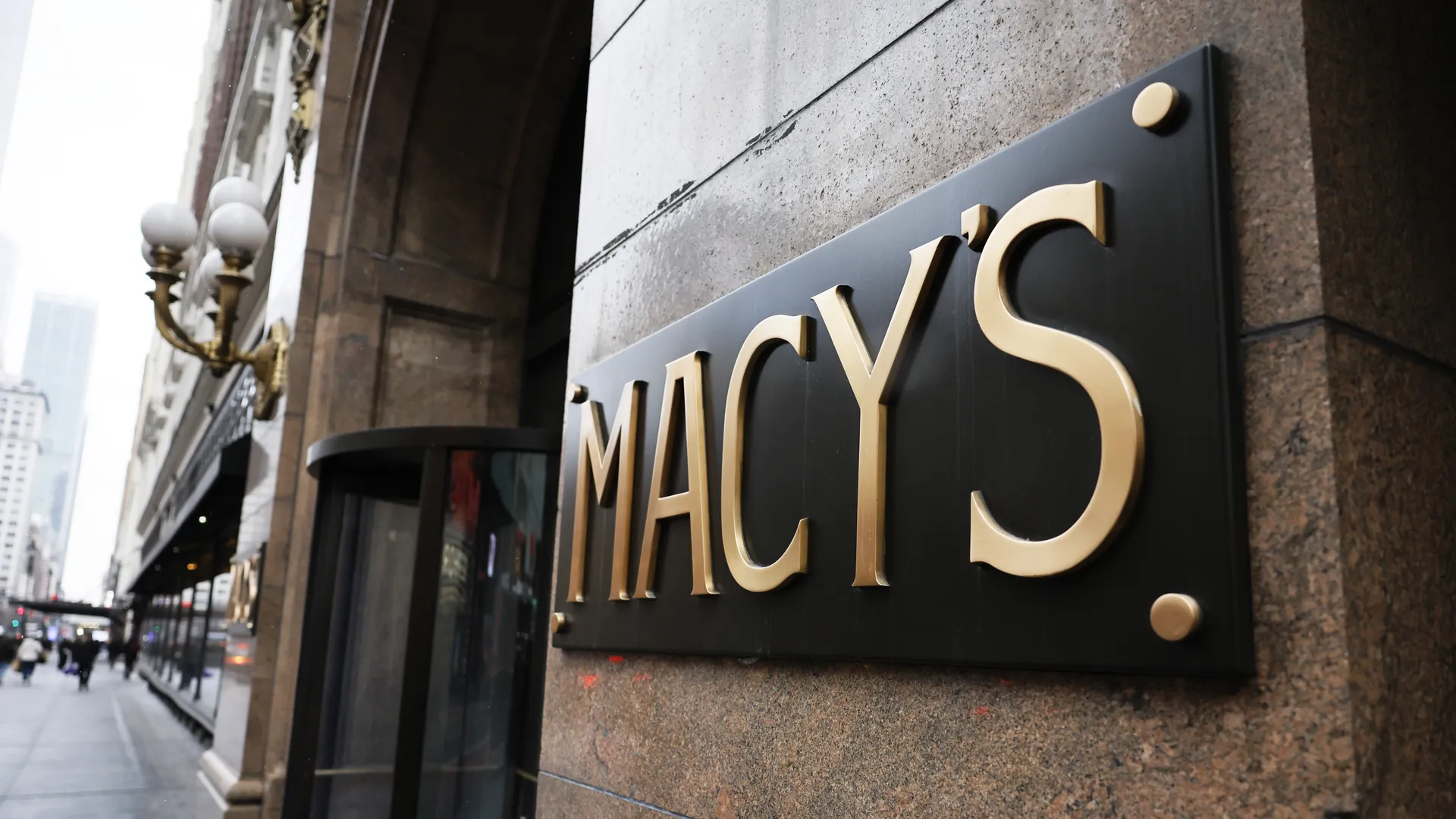Macy’s, embracing a forward-thinking strategy, announced plans to close about 150 of its less profitable stores by 2026, pivoting to expand its high-end Bloomingdale’s and Bluemercury chains.
This decisive move marks a significant transformation under the leadership of new CEO Tony Spring, reducing Macy’s to 350 stores but adding around 45 luxury locations.
“This is a pivotal moment for Macy’s Inc. We’re shaking things up to build a modernized, more efficient Macy’s that prioritizes quality and luxury,” said CEO Tony Spring. “Our vision is clear – to reconnect with customers through superior shopping experiences, curated selections, and unbeatable value. We’re geared up to drive market share growth, ensuring robust, profitable progress and maximizing shareholder returns.”
Targeting underperforming stores for closure, Macy’s is addressing areas that comprise 25% of its total square footage but contribute a mere 10% to its sales. This year alone will see the closure of at least 50 stores, with the remainder scheduled to shut down by the end of 2026.
This announcement is hot on the heels of January’s news detailing the closure of five stores and a workforce reduction of approximately 2,350 positions, a necessary step in streamlining operations and embracing technological advancements in supply chain management.
In a strategic maneuver to adapt to the evolving retail landscape, Macy’s is also accelerating its small-format store rollout. By the end of the year, up to 30 new, more compact stores will open across the U.S., following the announcement of four such locations last August. These stores, significantly smaller than traditional Macy’s stores, are a direct response to the changing consumer preferences and the need to remain competitive in the retail sector, against peers like Target, Nordstrom, and Kohl’s.
As Macy’s repositions itself in the retail arena, it’s a stark reminder of the challenges faced by department stores in recent years, particularly in the wake of the COVID-19 pandemic which led to the bankruptcy of once-dominant players like J.C. Penney and Neiman Marcus in 2020. Macy’s bold restructuring and focus on upscale growth with Bloomingdale’s and Bluemercury signify a renewed commitment to innovation, luxury, and strategic adaptation in the face of an ever-changing retail landscape.




